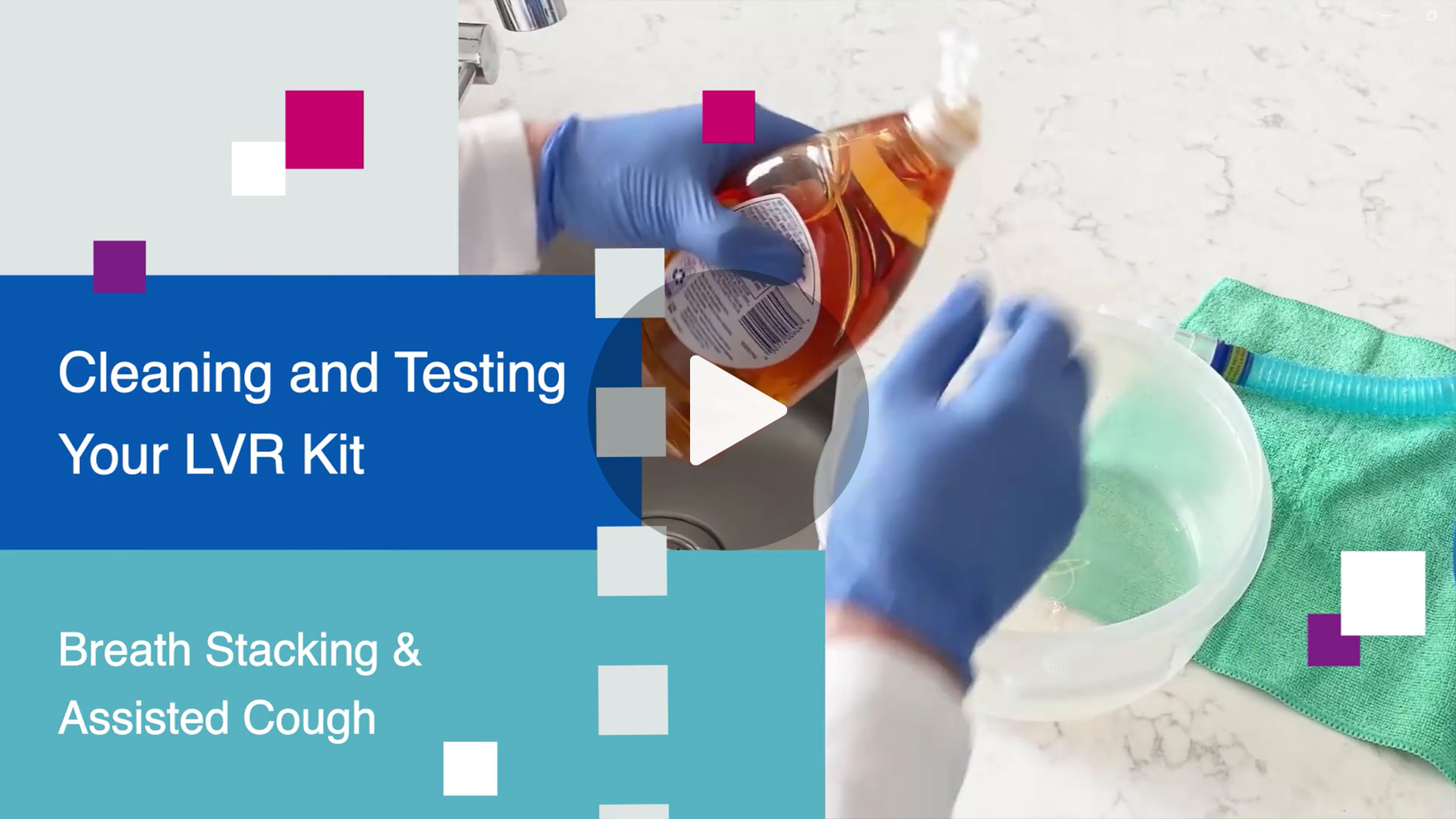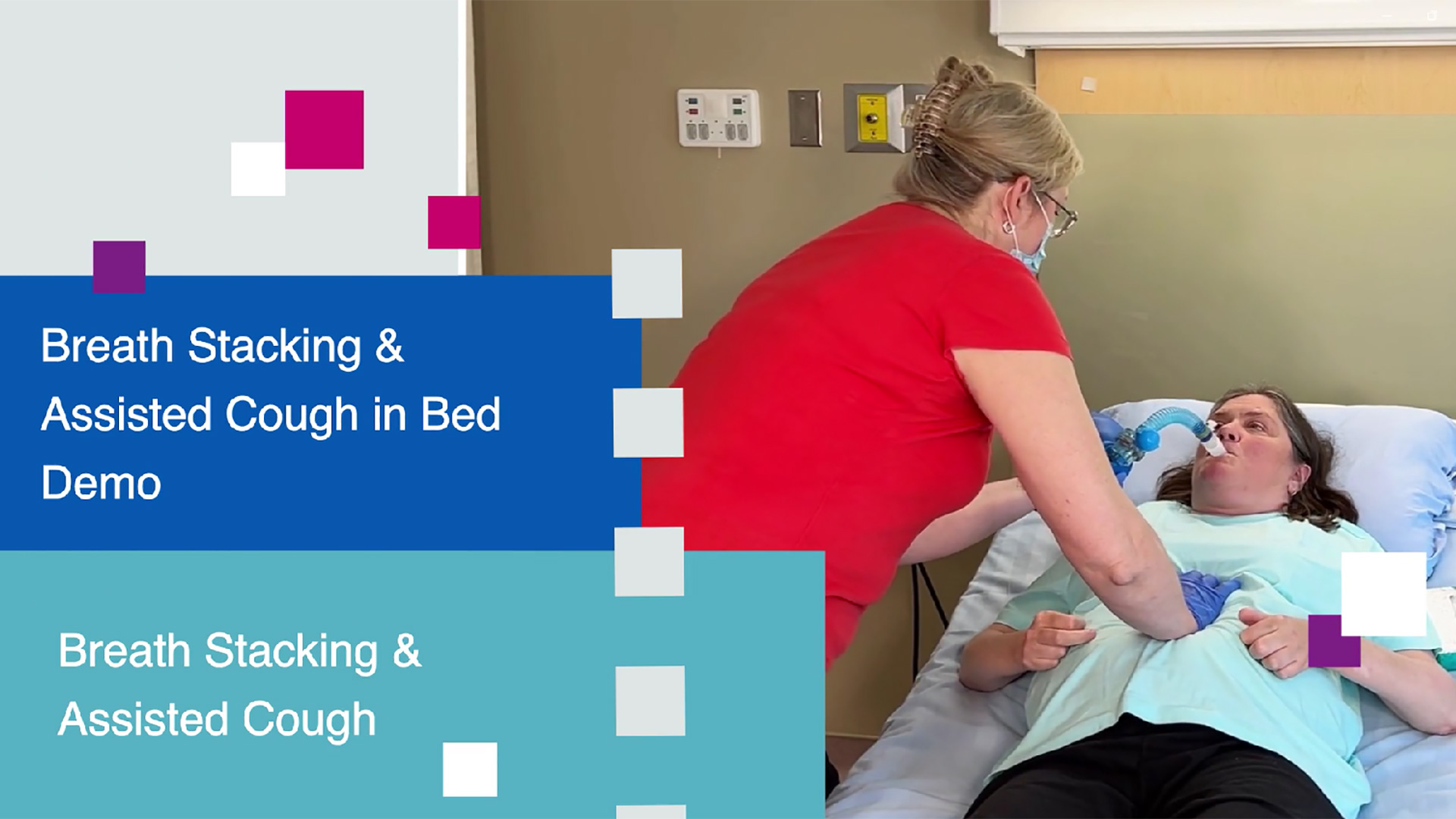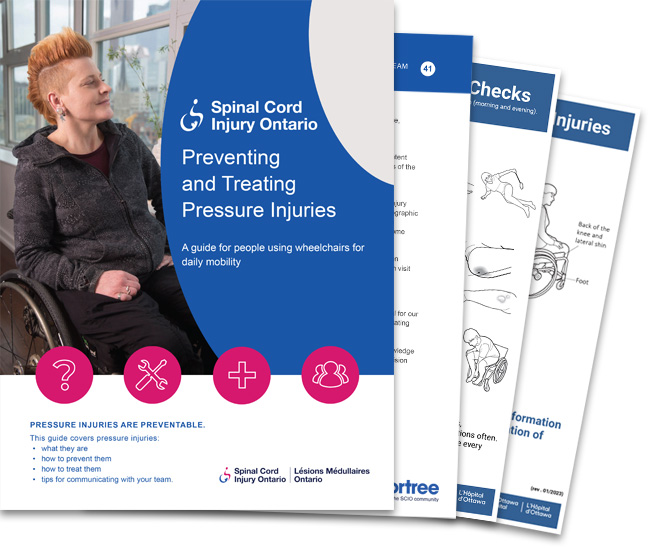Coughing is a reflex action that helps protect and clear your airways. When there is an irritation or obstruction in your throat or lungs, nerves send a signal to your brain, triggering a cough. This reflex helps keep your lungs clear of mucous and removes irritants that you may have breathed in. Coughing is an important protective reflex that keeps your respiratory system clear.
A spinal cord injury can significantly impair the ability to cough effectively. Injuries above the thoracic level 12 often weaken or paralyze chest and abdominal muscles, making it difficult to generate the force needed to cough. Without proper and productive coughing, mucous can accumulate in the lungs, increasing the risk of pneumonia and other complications.
Pneumonia is a leading cause of death for people with spinal cord injuries. Unfortunately, unless your breathing becomes an issue, many don’t think about breathing and lung volumes. So therapies like stacked breathing don’t always get talked about. Using the technique mimics what the body does on a daily basis, and people with lower lung capacities due to weak or absent muscles need some help stretching them for good maintenance. So various assisted cough techniques and devices may be needed to help clear secretions and maintain lung volume after a spinal cord injury.
Breath Stacking involves taking several, consecutive breaths without exhaling in between. This allows more air to accumulate in the lungs, stretching the lungs and naturally stimulating a productive cough. A respiratory therapist or caregiver provides coaching and assistance to stack up to five quick breaths using a mouthpiece or mask connected to a resuscitator bag or volume ventilator – also known as a Lung Volume Recruitment device – or LVR.
Assisted Cough, used in conjunction with Breath Stacking, helps manually induce coughing when a person’s own cough is inadequate to clear mucous. To perform it, the therapist or caregiver applies a thrust to the abdomen or rib cage in an inward and upward motion after the person takes a big breath in and is just about to cough. The thrust is timed just before the person coughs to build pressure and increase the speed of air during the cough. This coordinated action mimics the body’s natural cough mechanism. Proper training is essential to ensure assisted cough is done safely and effectively.
Remember: These LVR kits are not intended for use as resuscitation bag.
Using these airway clearance techniques can help maintain your lung function over time, as well as keep your lungs clear of infection, keep your chest wall flexible, and even increase the strength of your voice.
We hope you enjoy this video series and watching these demonstrations. If you have any questions about what you learn, be sure to reach out to your healthcare team or service and resource providers like Spinal Cord Injury Ontario. If you think the Breath Stacking and Assisted Cough techniques are something you could benefit from, connect with your healthcare team to discuss lung volume testing and how to get the tools and assistance you’ll need to get started.
We would like to acknowledge and thank the people with lived experience who contributed their insights and tips to the development of this video series:
- Ron Rattie, Peer Support Program Coordinator, Spinal Cord Injury Ontario
- Sandra Burton
- Matt Sagan, Peer Support Volunteer, Spinal Cord Injury Ontario
We would also like to thank Hamilton Health Sciences staff who provided clinical subject matter expertise, source content and expert review of this video series:
- Renata Vaughan, RRT Senior Registered Respiratory Therapist, Hamilton Health Sciences Regional Rehabilitation Centre
- Jennifer Duley, APP Advanced Practice Physiotherapist, Acute Spine Unit, Hamilton Health Sciences.
This series was designed by Marty Doupe, Learning Architect at SCIO.
Additional notes for healthcare providers: – Use of the LVR kit is not recommended in the presence of hemoptysis, recent or current barotrauma, bullous emphysema, severe obstructive pulmonary diseases, hypotension.
- Do NOT use the LVR kit if the individual has an inflated tracheostomy cuff or endotracheal tube.
- Individual assessment and precaution should be taken if any of the following exists: severe reflux, IVC filter, Kyphoscoliosis, or Baclofen Pump.
- An Assisted Cough should not be done for any individuals that are pregnant or that have had recent abdominal surgery or have an abdominal aneurysm.
The Lung Volume Recruitment (LVR) bag and the attachments are available for purchase as a preassembled kit. Here are two vendor options in Canada:
- Medigas carries the Mercury Medical Lung Volume Recruitment Kit, product number is TRSM161034502 and price is approximately $60 CAD, https://www.medigas.com/en
- ProResp sells the Mercury Medical LVR kit by the box of 6, https://www.proresp.com/




